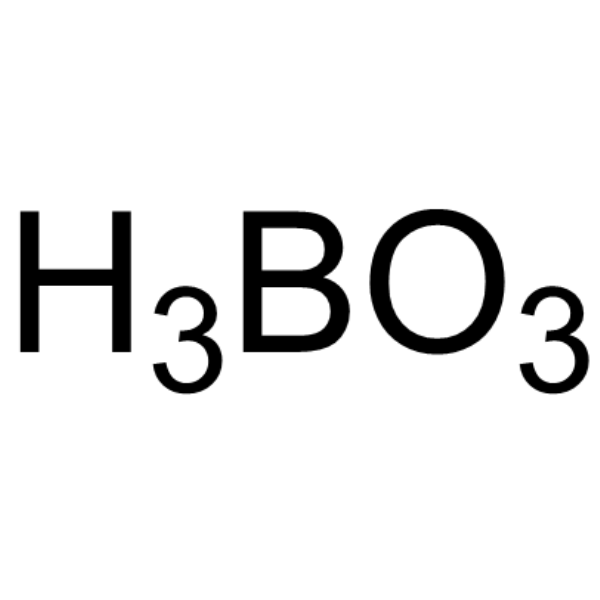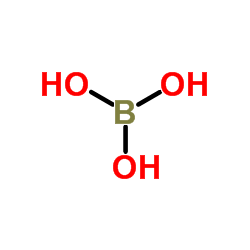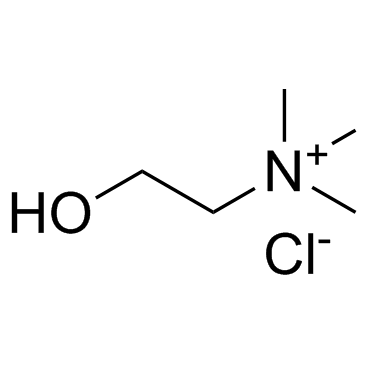| 结构式 | 名称/CAS号 | 全部文献 |
|---|---|---|
 |
氯化钠
CAS:7647-14-5 |
|
 |
氟化氢
CAS:7664-39-3 |
|
 |
盐酸
CAS:7647-01-0 |
|
 |
L-尼古丁
CAS:54-11-5 |
|
 |
硼酸
CAS:10043-35-3 |
|
 |
盐酸士的宁
CAS:1421-86-9 |
|
 |
氯化钠-35cl
CAS:20510-55-8 |
|
 |
硼酸11B
CAS:13813-78-0 |
|
 |
(+/-)-尼古丁
CAS:22083-74-5 |
|
 |
氯化胆碱
CAS:67-48-1 |